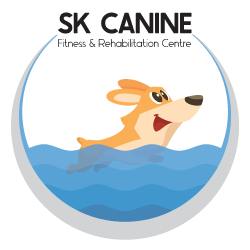Hydrotherapy
Hydrotherapy is a therapy programme, utilising the properties of water. Treatment should be carried out by appropriately qualified and trained hydrotherapist (or physiotherapist). The aim of treatment is to improve an animal’s function.
The benefits of hydrotherapy depend very much on how the hydrotherapy treatment is carried out. For some dogs simply floating or swimming gently in water can relieve pain and inflammation. For others more vigorous exercise is used to increase the range of movement in the limbs, increase muscle and strengthen and support joints.
Water can also be used as a means of supporting dogs in a non-weight bearing (pool) or partially weight bearing (UWTM) environment to allow movements that would not be possible on land, perhaps because of weakness or injury. This is particularly useful for dogs that have spinal problems.
Hydrotherapy can also increase cardiovascular fitness and help with weight loss.
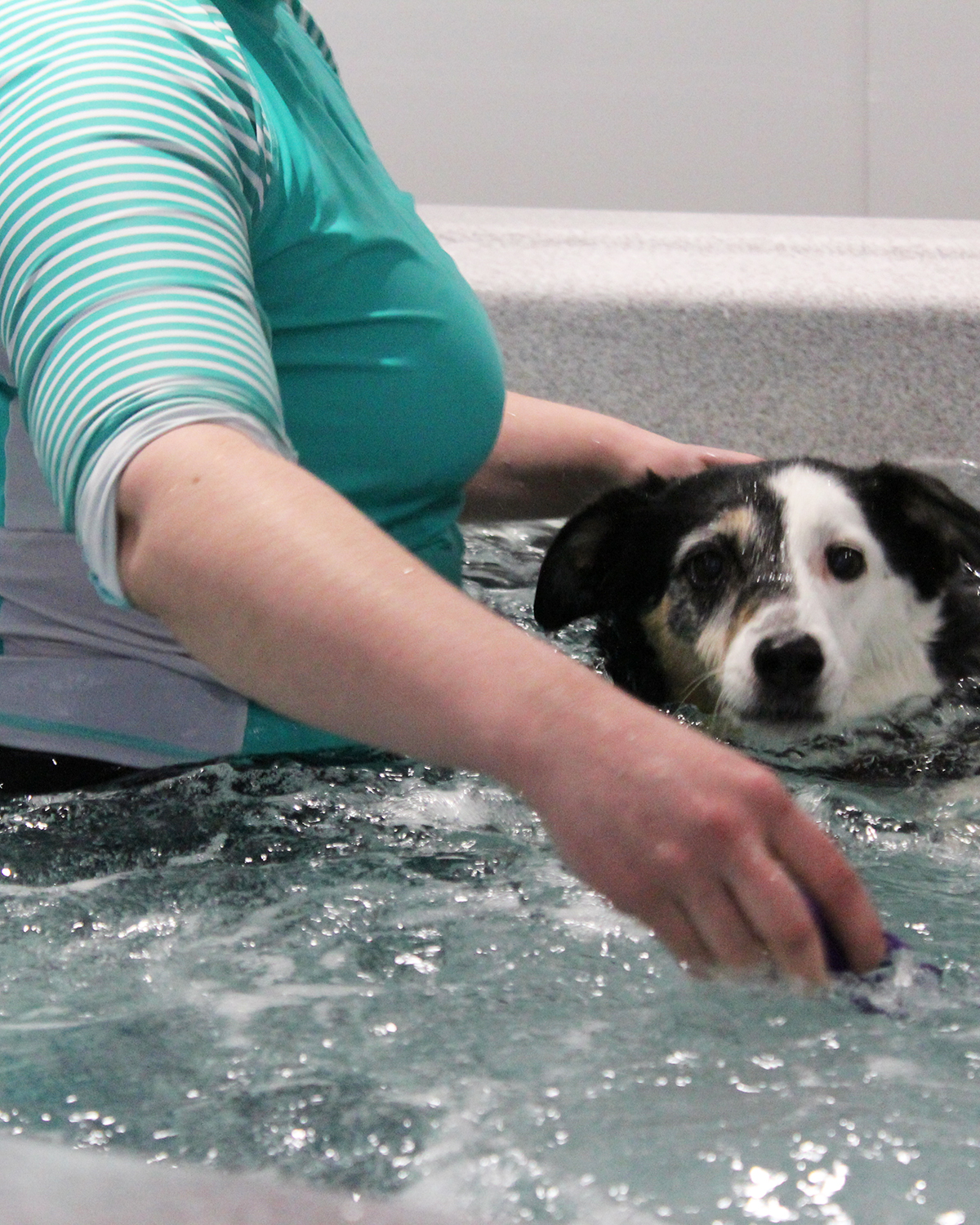
Pool Care

All Registered Canine Hydrotherapists are trained in Pool Water Management. The pool or underwater treadmill chemical levels are tested several times a day to ensure that the water is safe and always has sufficient disinfectant properties to protect both the animals and humans from any risk of infection.
Benefits of Hydrotherapy
Conditions treated with Hydrotherapy
In general conditions treated with hydrotherapy fall into the following categories:
These conditions can include:

Contraindications and Cautions for Hydrotherapy
It is important that you inform the hydrotherapist of any medical condition that may affect hydrotherapy treatment. Some medical conditions contraindicate hydrotherapy and others mean that hydrotherapy treatment should only be carried out with caution.
However there may be some situations where the benefits of hydrotherapy can outweigh possible concerns.
Pre-Operative Hydrotherapy
If surgery is planned, pre-operative hydrotherapy can provide several benefits.

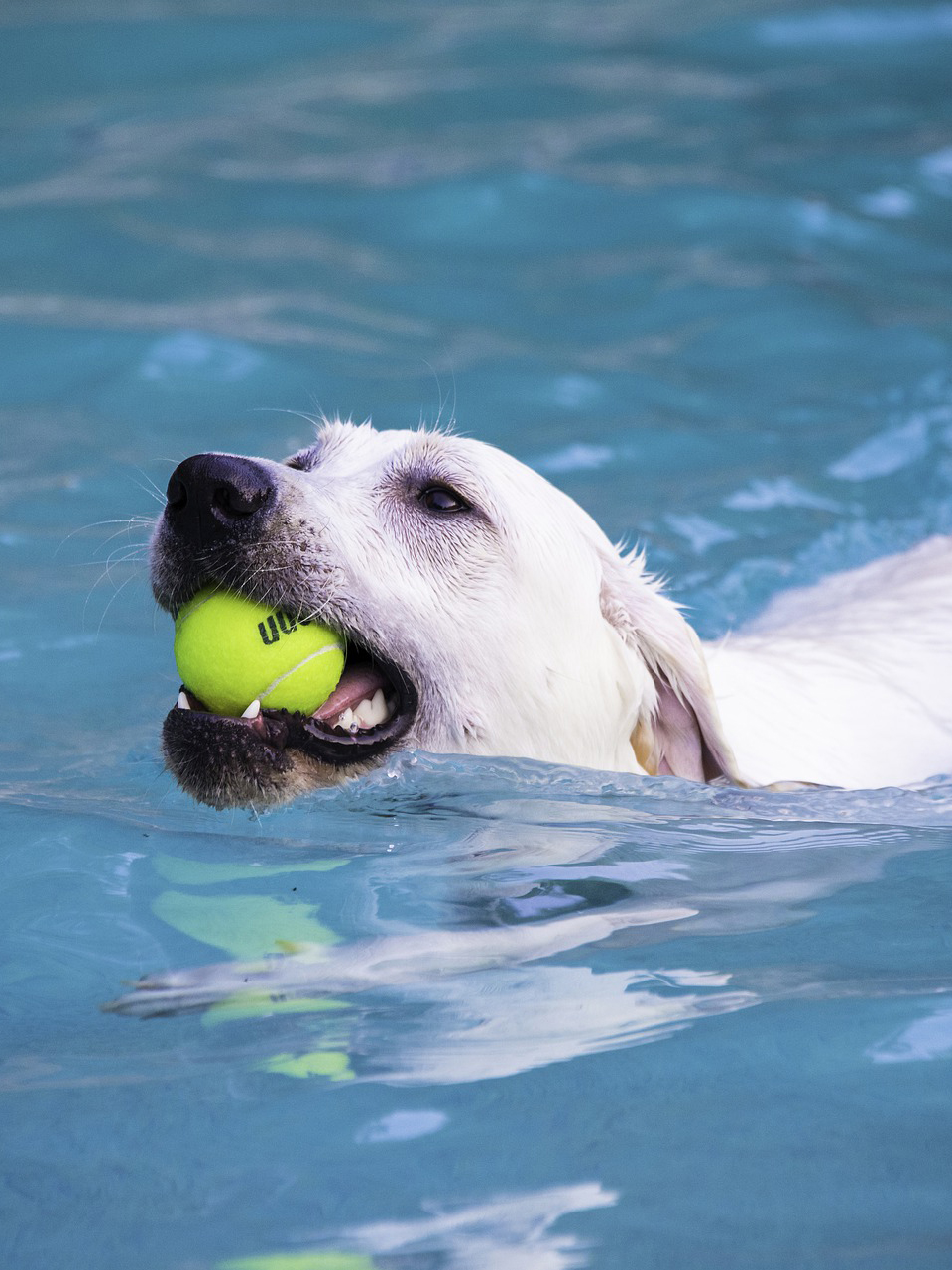
Referral for Hydrotherapy
If surgery is planned, pre-operative hydrotherapy can provide several benefits.
Pool or Treadmill (UWTM) Hydrotherapy?
The hydrotherapy pool allows the animal to exercise in a non-weight bearing environment which relieves pressure on joints reducing pain and encouraging movement. The pool is especially useful for encouraging natural movement and motivating dogs by retrieving or play.
In the underwater treadmill the water height can be adjusted to precisely control the amount of weight bearing. The degree of weight bearing can be increased as the animal strengthens or recovers. The speed of the underwater treadmill can also be changed to achieve the best possible movement of the limbs. The dog can be viewed from all angles and this is especially useful for assessing how it is moving and to make adjustments to get better quality movement. Re-educating gait or correct limb use is particularly important for dogs learning to walk again after spinal problems.
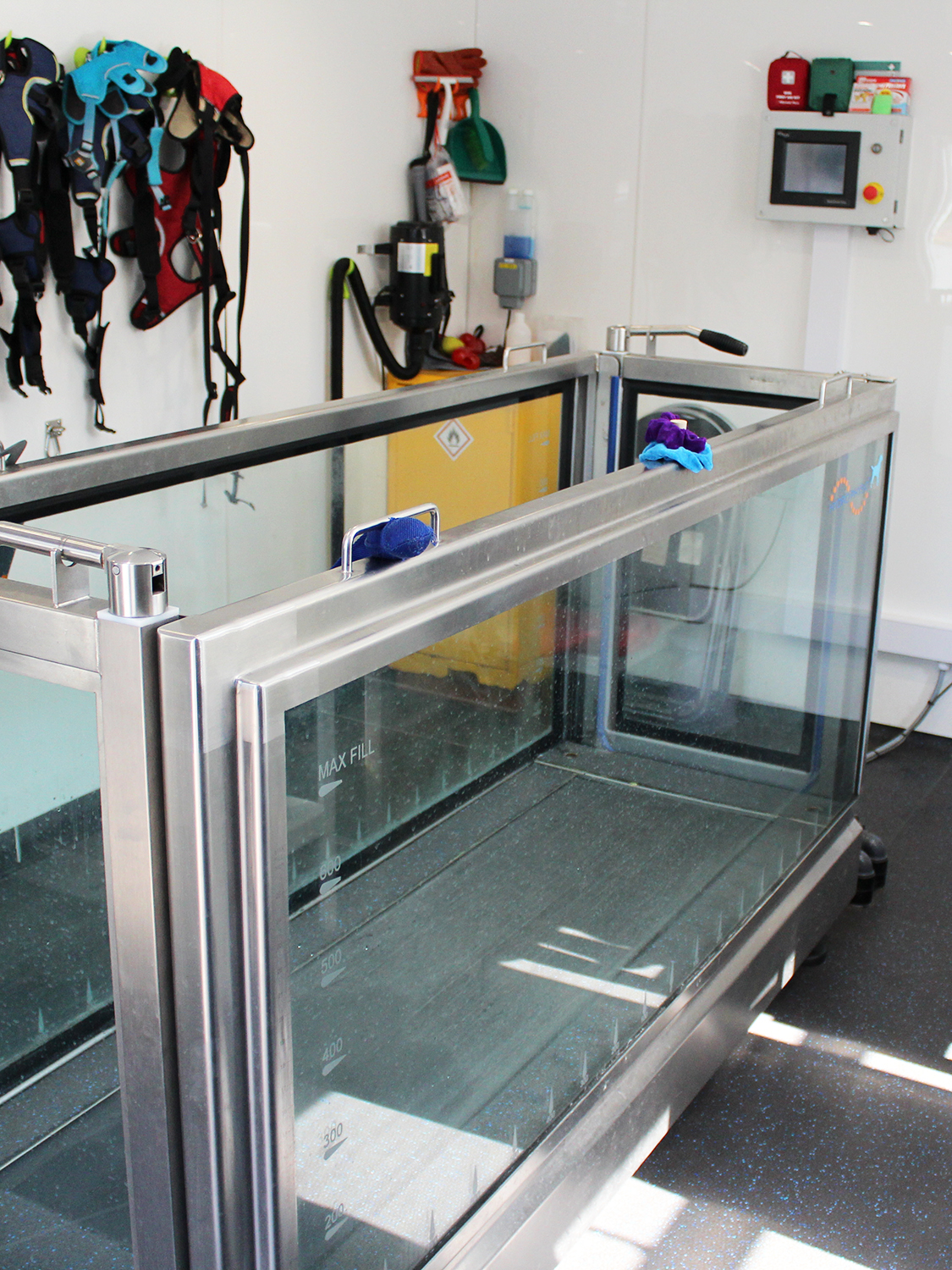
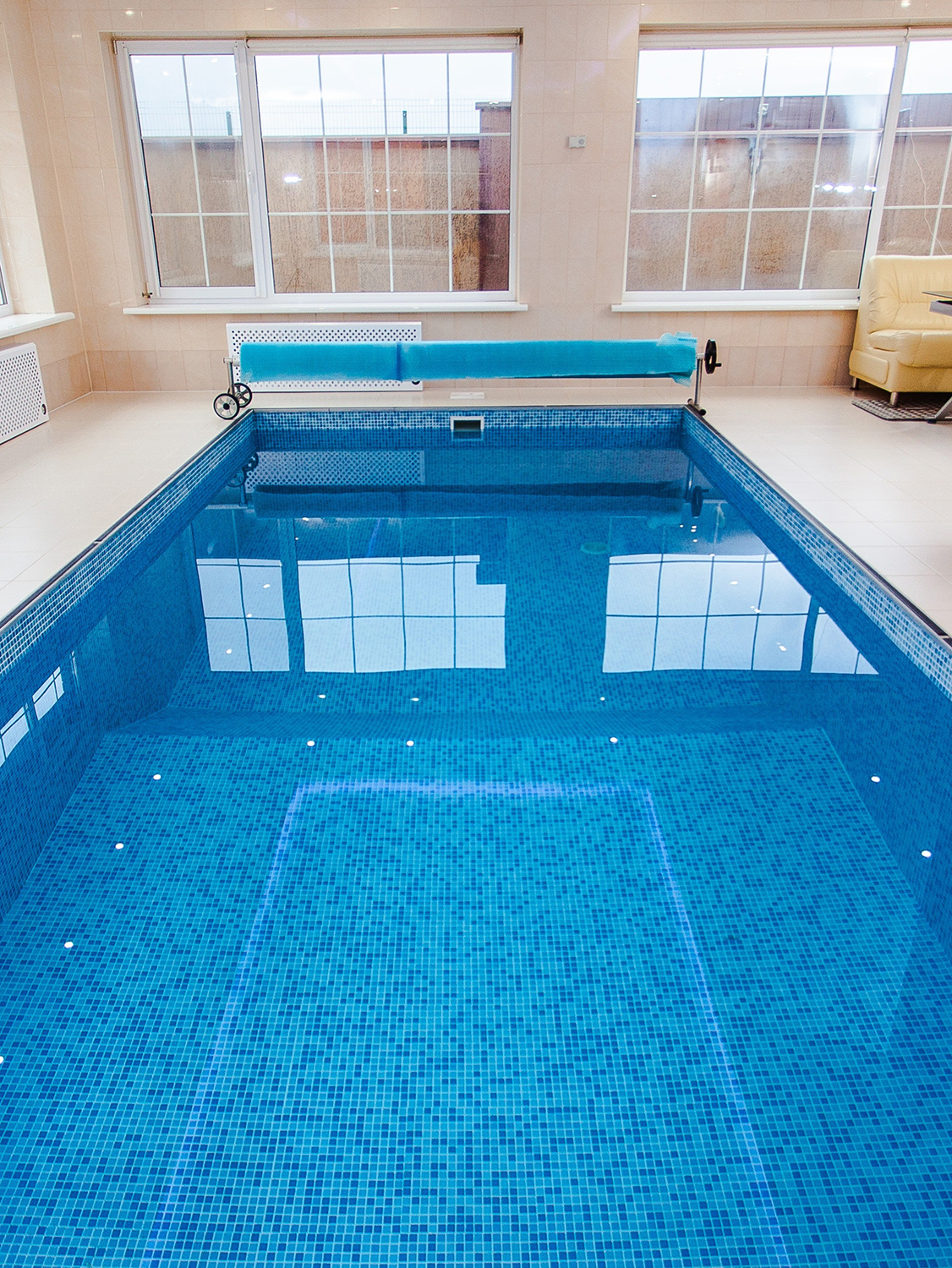
How clean are hydrotherapy pools?
All Registered Canine Hydrotherapists are trained in Pool Water Management.
The pool or underwater treadmill chemical levels are tested several times a day to ensure that the water is safe and always has sufficient disinfectant properties to protect both the animals and humans from any risk of infection. Detailed records are kept of measurements and treatments.
You should expect clean/clear water though possibly with an amount of fur floating on the top if the last client was a Newfoundland or large German Shepherd!
